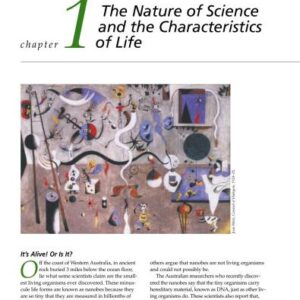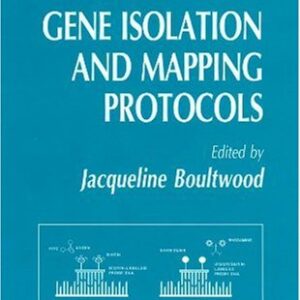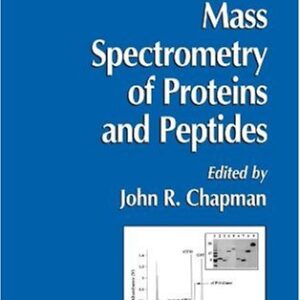L systems are language-theoretic models for developmental biology. They wereintroduced in 1968 by Aristid Lindenmayer (1925-1989) and have proved to be among the most beautiful examples of interdisciplinary science, where work in one area induces fruitful ideas and results in other areas. L systemsare based on relational and set-theoretic concepts, which are more suitable for the discrete and combinatorial structures of biology than mathematical models based on calculus or statistics. L systems have stimulated new work not only in the realistic simulation of developing organisms but also in the theory of automata and formal languages, formal power series, computer graphics, and combinatorics of words. This book contains research papers by almost all leading authorities and by many of the most promising young researchers in the field. The 28 contributions are organized in sections on basic L systems, computer graphics, graph grammars and map L systems, biological aspects and models, and variations and generalizations of L systems. The introductory paper by Lindenmayer and J}rgensen was written for a wide audience and is accessible to the non-specialist reader. The volume documents the state of the art in the theory of L systems and their applications. It will interest researchers and advanced students in theoretical computer science and developmental biology as well as professionals in computer graphics.
Biology
[PDF] Lindenmayer Systems: Impacts on Theoretical Computer Science, Computer Graphics, and Developmental Biology A. Lindenmayer, H. J?rgensen (auth.), Grzegorz Rozenberg, Arto Salomaa (eds.)
$19.99

![[PDF] Lindenmayer Systems: Impacts on Theoretical Computer Science, Computer Graphics, and Developmental Biology A. Lindenmayer, H. J?rgensen (auth.), Grzegorz Rozenberg, Arto Salomaa (eds.)](https://pdfelite.com/wp-content/uploads/2024/04/c39be19993cee134807d5f1831711a33-d.jpg)




Reviews
There are no reviews yet.